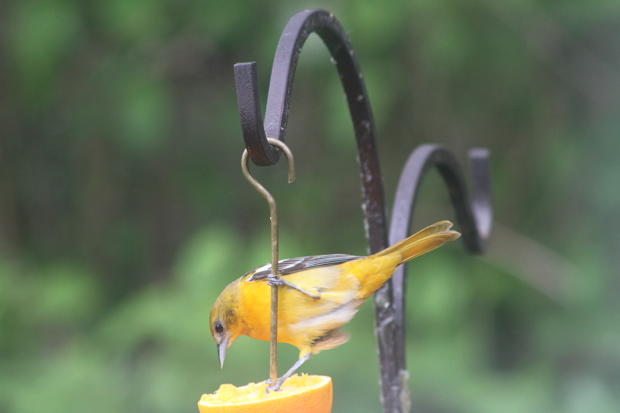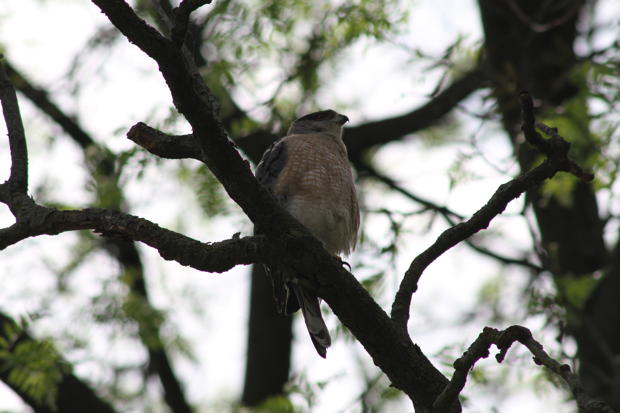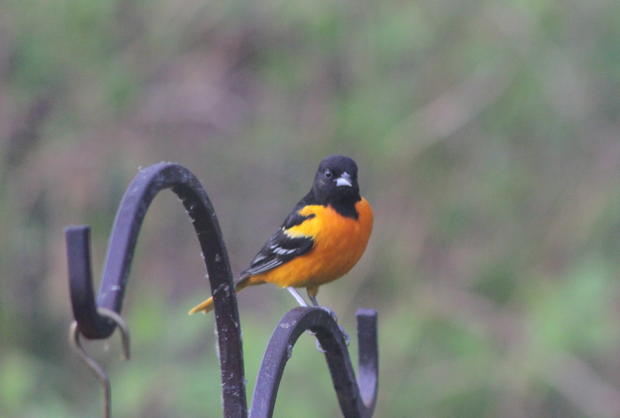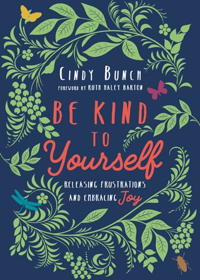
This spring we put out a special bird feeder that holds an orange half to attract orioles. And it worked. We spotted the brightly colored males and the delicately colored females, and they were glorious. So we started watching more intently for birds.
On a midday walk I spotted a hawk sitting on a branch just watching and waiting. It was the most exciting event of my socially distanced work-from-home day. And many days when I have returned to that spot, the same hawk is there. From the fluffy feathers, I think it might be a young one. My sister-in-law lives nearby, and I delightedly walked her over to the tree and pointed out the hawk, wanting to share the joys of careful observation.

These have been dark and heavy days. The pandemic and our worries about ourselves and our friends both in regard to our health and in regard to economic losses. The ongoing acts of racial injustice by the police, the racial trauma that has triggered for people of color, and the increasing awareness and outrage across society in response to that. Even our daily routines have become uncertain. When will our children go back to school? When will we go back to the office? When will our jobs and salaries be stabilized?
In this time of sheltering, nature has been an important source of joy both as a distraction and as a connection to the Creator. Noticing nature is a theme I’ve noticed among my friends. We are walking more. And we are observing the natural world more. Animals have been exhibiting different behaviors as we have been on the roads less; they are venturing to areas where humans live more — giving us moments of wonder and delight.
Judith Smith writes of the gift of looking more closely rather than constantly looking beyond herself: “Perhaps if we look carefully at what is around us, we will see things that we have not seen before. Perhaps we will find wholeness and healing in the wildflowers and trees, in the running water and the blue sky, in the storm and the rain in the turmoil, which finally end with fresh smells and a sense of newness.” We can find God present in these ordinary gifts even as life presses in on us.
Sometimes I practice a form of visio divina with photography on my walks. I first learned this practice from Christine Valters Paintner. Visio divina is a form of lectio divina that involves meditating on an image (similar to how lectio divina invites us to meditate on Scripture). And we ask God to speak to us in that.
To try it out, go for a contemplative walk, staying open for something that stirs you. Maybe it’s lovely or interesting. Or maybe it’s ugly. Watch your inner response. Both attraction and repulsion can be cues to look more deeply. I like to take three to five pictures and sit with them. Sometimes I focus on one of them. Other times combine them into a photo collage. And then I journal prayerfully about how they are speaking to me.
One wet morning I walked a few blocks up the street and found that rising water had formed into a stream in a yard. I was amazed to see fish swimming in it. Just as I walked up a man was pulling away in a car with a garbage can sticking out of his trunk. I believe he had filled it with fish from that new stream. I live right in the midst of suburbia, so this fishing spot is an unusual sight.
I took a picture of the fish and made it the focus of my visio divina. Am I like those fish? I mused. These days I am trying to find a place to swim when I’ve been diverted from the usual body of water that is my life.
Or, I thought, maybe I am like the man with the can full of fish in his trunk, finding creative ways to keep going in the midst of crisis, a new food source, a gift after the heavy rain. Like him, I can pick up and eat the manna that God has provided on the ground. Or I can walk by and say, “That’s a smelly fish hole.”
Nature is our teacher. It can lead us to gratitude for ordinary gifts in a time of extraordinary difficulty. It can open us to God’s nearness. If we notice.

Photos by Cindy Bunch.
 Cindy is the author of the recently-published Be Kind to Yourself: Releasing Frustrations and Embracing Joy.
Cindy is the author of the recently-published Be Kind to Yourself: Releasing Frustrations and Embracing Joy.